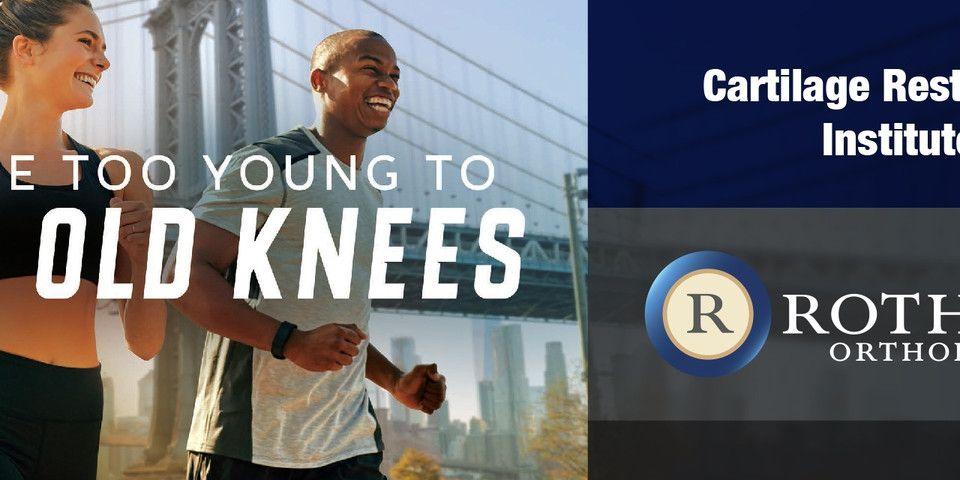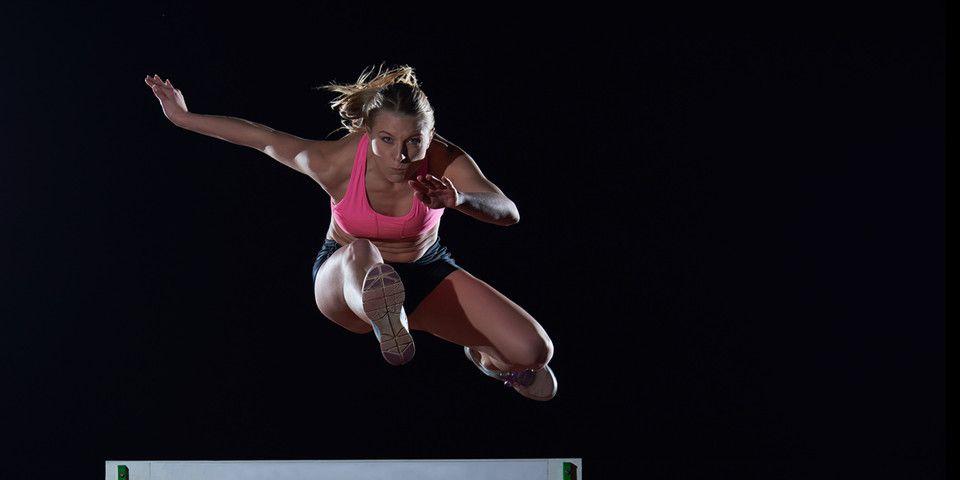What Is Tommy John Surgery?
Tommy John Surgery 101: Everything You Need to Know
“What is Tommy John surgery?” The Shoulder & Elbow and Sports Medicine specialists at Rothman Orthopaedic Institute receive this question from athletes often. We decided to compile our physician’s extensive knowledge of the subject into the following detailed Q&A.
Where Does the Name “Tommy John Surgery” Come From?
Tommy John Surgery is the nickname for ulnar collateral ligament (UCL) reconstruction surgery. Who is Tommy John? He’s a former Major League Baseball pitcher who had amazing success after being the first athlete to have this procedure in 1974. Before that time, a UCL tear spelled the end of an athletic-based baseball career.
Tommy John Surgery is an accurate referral name for this procedure since it is most often performed on athletes, particularly baseball pitchers. Tommy John surgery is performed on athletes of all ages, but recently it’s been getting a lot of attention for being primarily performed on athletic youths. According to research presented by Dr. Brandon J. Erickson, one of our sports medicine specialists, to the American Orthopaedic Society for Sports Medicine, athletes aged 15 to 19 years old made up 56.7% of all Tommy John Surgeries performed in the U.S. between 2007-2011. What’s even more shocking? That rate is increasing on average 9.1% every year.
What are the reasons for this? It is mostly attributed to two factors: overuse and/or poor technique. Overuse seems to be the more likely reason for most surgeries. It has been reported that 53% of all Tommy John surgeries take place in the South, where the temperate year-round weather leads to year-round baseball practice.
Another recent trend has come to light that may explain the spike in surgeries, one that is potentially dangerous: Young athletes (and their parents) believing this surgery will add strength and longevity to their sports careers, as demonstrated by Tommy John who pitched 13 more seasons after his famed procedure. "This is not something that should be done unless there's injury to the crown ligament, and this is a patient who wants to continue to pitch at a high level,” warns the study’s lead author Rothman Orthopaedics Sports Medicine surgeon, Dr. Brandon Erickson.
What Condition Does the Surgery Treat?
Tommy John Surgery focuses on repairing an unstable and/or torn UCL. The UCL (ulnar collateral ligament) is a ligament that runs on the inside of the elbow from the humerus (upper arm bone) to the ulna (one of the two bones in the forearm). This thicker ligament has two important jobs: to hold the elbow joint together and prevent dislocation. When someone executes an overhead throwing motion, the UCL is put under extreme stress to stabilize the elbow.
The UCL is the most commonly damaged ligament in throwing athletes. Conditions can range from minor damage and inflammation to a complete tear. Symptoms include inner elbow pain and decreased velocity in throwing. Particularly in baseball pitching, the rate of injury is directly influenced by the velocity of the player’s fastball, number of pitches thrown, the number of innings pitched, and the number of seasons spent pitching. Certain pitchers are at a higher risk for injury, including taller and heavier pitchers, those that throw at a higher velocity, those that throw with arm pain, and those that throw while fatigued.
What Does the Tommy John Surgical Process Look Like?
Most ligament tears cannot be stitched back together, so they will have to be reconstructed. The torn ligament is replaced with a tissue graft (most often harvested from another tendon within your body). Tommy John Surgery can be done arthroscopically or through open surgery. Which method is chosen will depend on a variety of factors, such as the size/severity of the tear and the patient’s medical history.
The patient will be put under general anesthesia while the 60-90 minute surgery takes place. Generally, there are three phases of the Tommy John Surgical process:
-
Harvesting the Graft
The tissue graft will be harvested from another part of your body or from a donor/cadaver. It is typically taken from a tendon either in the forearm or hamstring. -
Cleaning Out the Joint
After your surgeon assesses the internal injury, damaged tissues will be removed. If applicable, the surgeon will attach the remnants of the original ligament to the tissue graft, reinforcing the structure. -
Securing the Graft
Two holes are drilled into the humerus and ulna bones in order to attach the new tendon. The graft tendon is then threaded through the holes (using either the docking technique or figure-eight technique) and secured by sutures, buttons, or screws.
The patient will be able to go home the same day if all goes well.
What Are Tommy John Surgery Risks and Possible Complications?
Every surgery comes with its own set of risks and complications. There are anesthetic risks, such as infection and other issues. Possible postoperative complications include nerve or blood vessel damage and temporary or permanent numbness or weakness. It is even possible to stretch or rupture the graft. In this case, a second reconstruction surgery will need to be performed.
What Does the Rehabilitation Process Look Like?
Each rehabilitation process will vary from patient-to-patient, but typically, like the procedure itself, it involves three phases:
-
Right after surgery, the elbow will be secured with a brace at a 60 to 90-degree angle. If you feel ready, physical therapy can begin right away.
-
One to two weeks after surgery, you can start moving your elbow joint. You may be switched to a hinged elbow brace, which can be locked in different angles when not in use. You may also be able to wear an arm sling. Physical therapy will continue.
-
If your rehabilitation process is accurately followed, you may be able to fully extend your elbow and stop wearing a brace by the end of the first month. If physical therapy is continued, you can expect to regain normal mobility in your elbow within two to four months. If you’re an active athlete, the rehabilitation process will likely take longer (six to nine months).
The Sports Medicine specialists at Rothman Orthopaedic Institute are highly qualified to treat UCL tears and perform Tommy John surgery. To learn more about what Tommy John surgery is or to schedule an appointment, please visit us here or contact us at 1-800-321-9999.
Related Specialties
Related Conditions
Related Treatments
Related Programs
-

Cartilage Restoration Institute
This is a center where patients can go to have their disabled joint biological resurfaced, realigned, and stabilized without having the joint replaced by artificial materials such as metal and plastic. It is well known that the outcomes of patients under the age of 50 undergoing artificial joint replacement are not as good as we would like. Therefore we feel the future of Orthopaedics is to try to restore a joint back to its original anatomy by realignment, ligament reconstruction, and cartilage restoration.Read More -

Women’s Sports Medicine Program
The Women’s Sports Medicine Program at the Rothman Orthopaedic Institute is the first of its kind in the Philadelphia metro area and one of only several such programs specializing in the comprehensive care of the female athlete in the country.Read More




